Learning About Alligators and Crocodiles - A Gail Gibbons Notebook Companion™
Do your kids know what makes an alligator different from a crocodile, how they live, and how they grow and change?
Dive into the world of reptiles with Learning About Alligators and Crocodiles. Kids can learn about what makes alligators and crocodiles different, how they catch and eat their prey, how they care for their young, and much more!
You don’t have to worry about prep-work. Just get a copy of Alligators and Crocodiles (sold separately) and Learning About Alligators and Crocodiles and work at the pace that fits your family.
The book and Notebook Companion™ look at alligator and crocodile habitats, their life cycles, parts of their anatomy such as sensory pits and bony plates, their senses, what threats they face, and more. They also explore how they crawl, walk, run, and swim as well as how fast they grow at different stages and what happens when they lose a tooth.
Students will practice written narration as they answer our open-ended questions about what they are learning. They’ll also get to draw and sketch various illustrations of alligators and crocodiles. Bonus coloring pages are also included!
Alligators and Crocodiles by Gail Gibbons
Our publisher-approved Notebook Companion™ accompanies Alligators And Crocodiles by Gail Gibbons.
Explore the difference between alligators and crocodiles in this colorful, fact-filled book written by Gail Gibbons. Learn about the physical differences between alligators and crocodiles, their diet, habitats, lifecycle, and more.
Alligators And Crocodiles is a required book for our Notebook Companion™ and is sold separately. Alligators And Crocodiles by Gail Gibbons is available at the publisher’s website or anywhere books are sold.
Beginner’s Notebook Companion™
This beginner’s notebook is a great way to introduce kids to the idea and practice of notebooking, and you can customize it as much as you wish. It’s completely flexible, allowing for use with very young children through middle elementary grades.
Other Notebook Companions™ in the Gail Gibbons Series
-
*Digital Product
-
*Digital Product
-
*Digital Product
-
*Digital Product
-
*Digital Product
-
*Digital Product
-
*Digital Product
-
*Digital Product
-
*Digital Product
-
*Digital Product
-
*Digital Product
-
*Digital Product
-
*Digital Product
-
*Digital Product
-
*Digital Product
-
*Digital Product
-
*Digital Product
-
*Digital Product
-
*Digital Product
-
*Digital Product

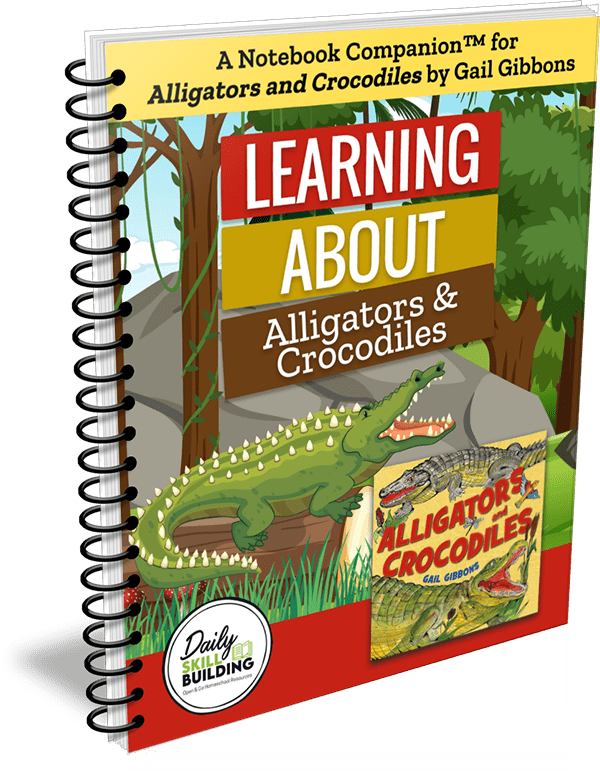
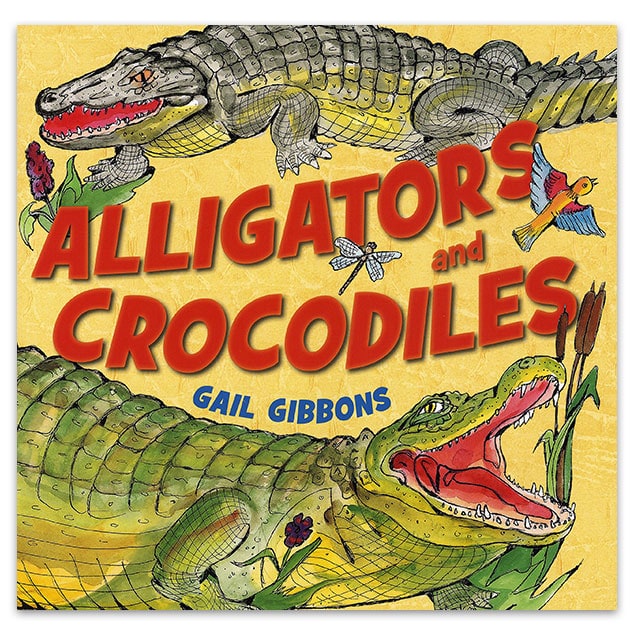
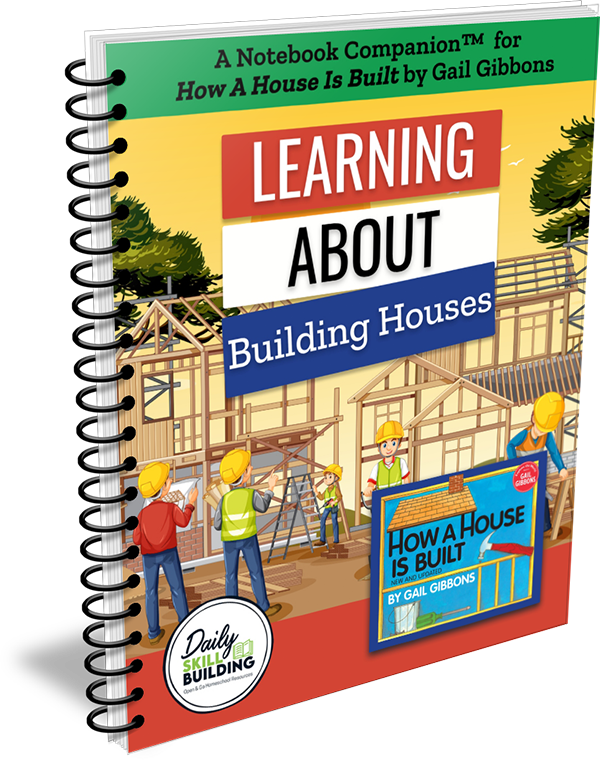
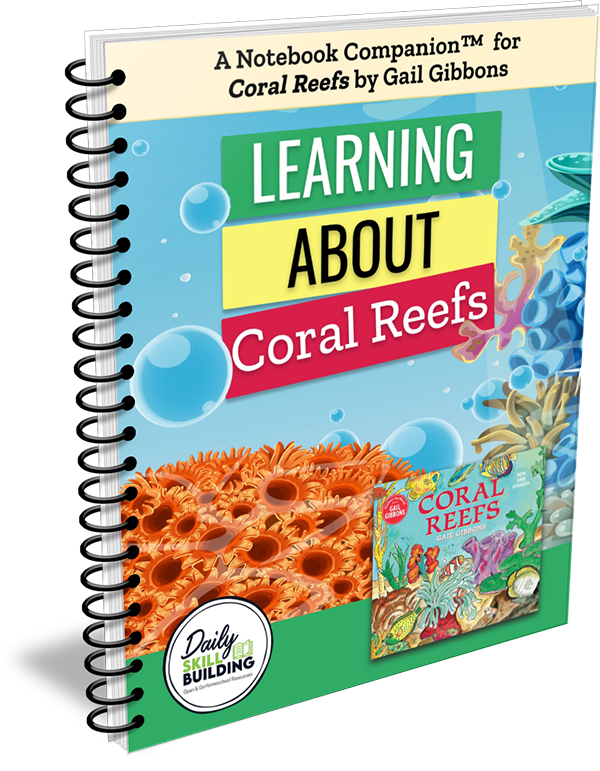
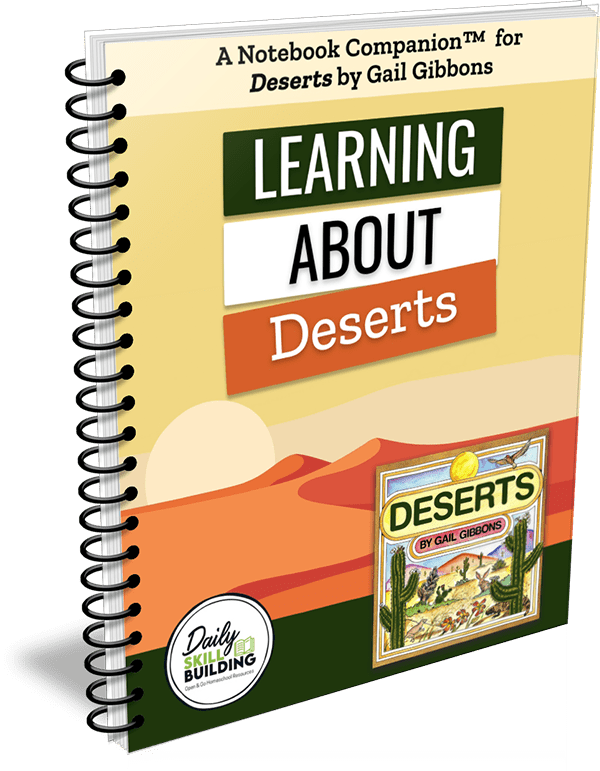
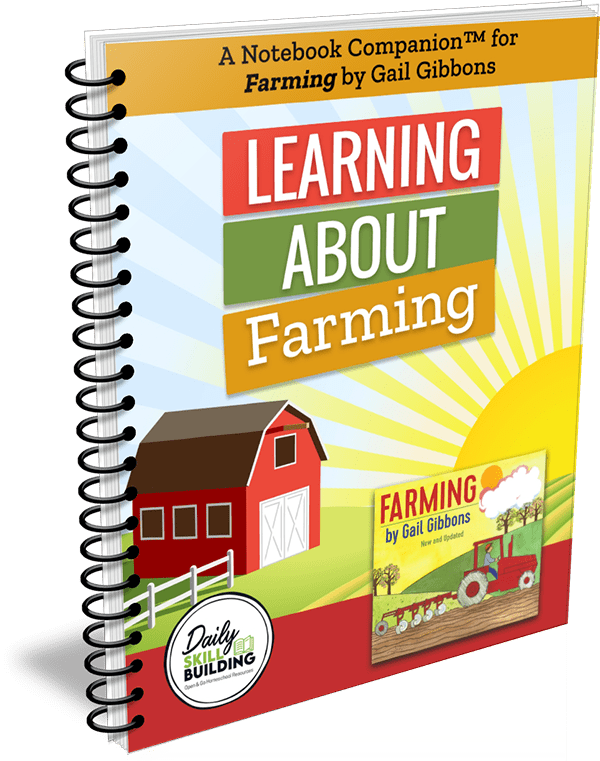

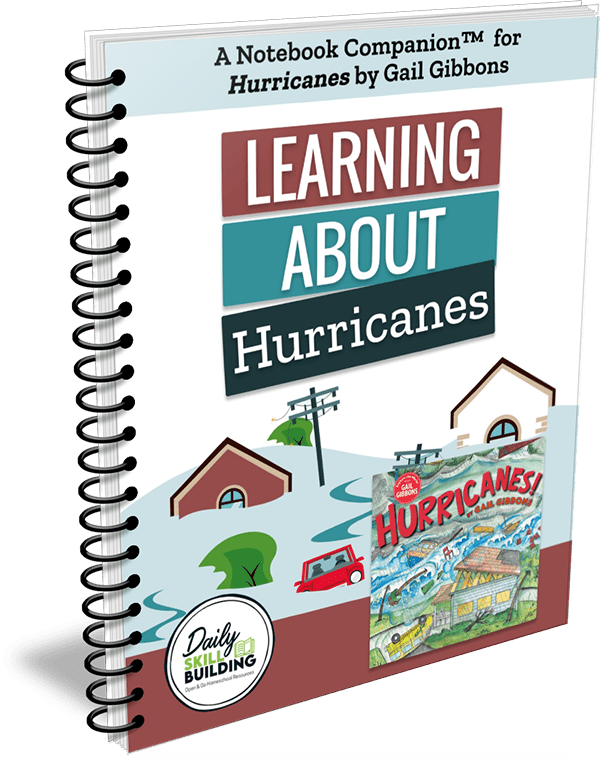
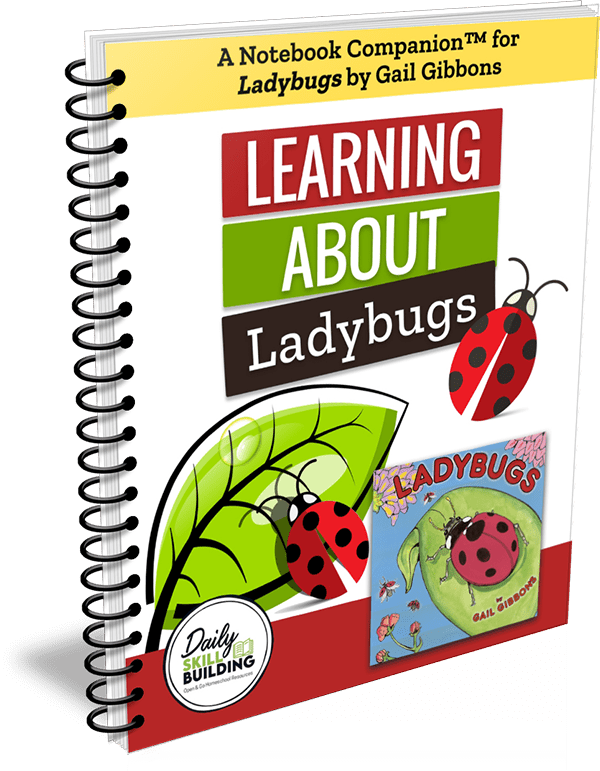
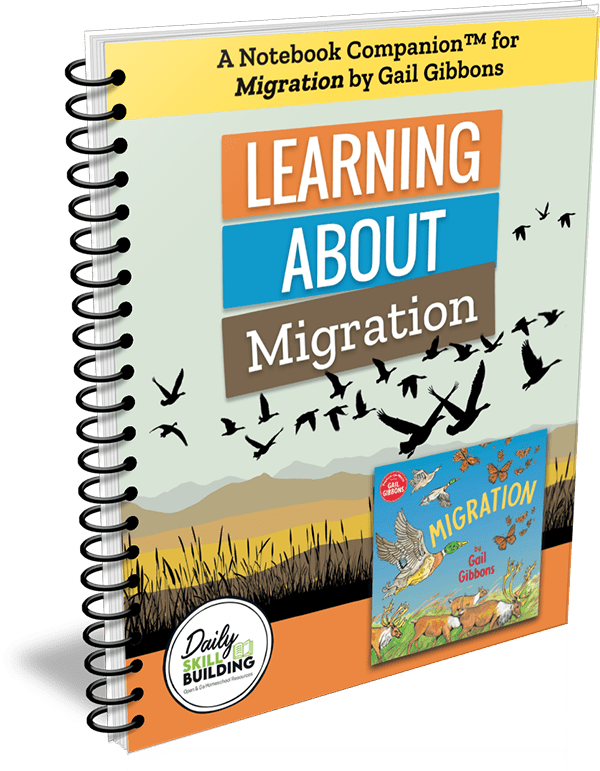
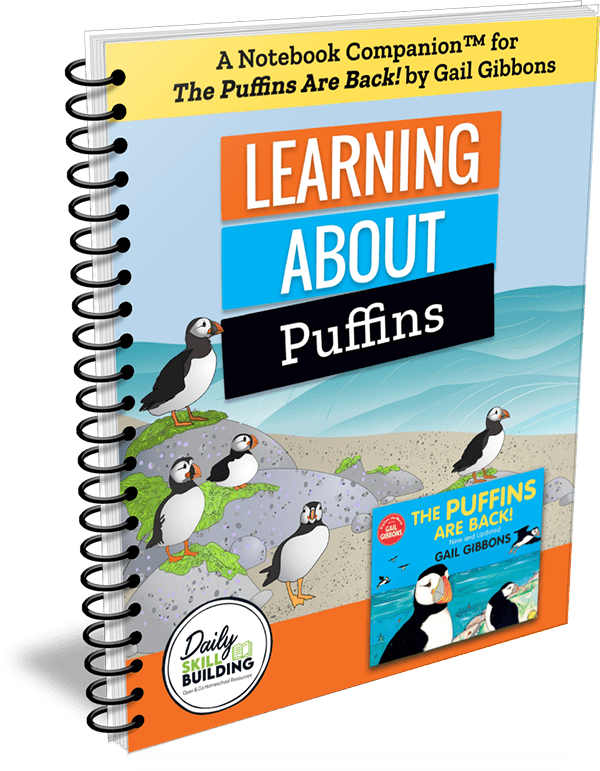
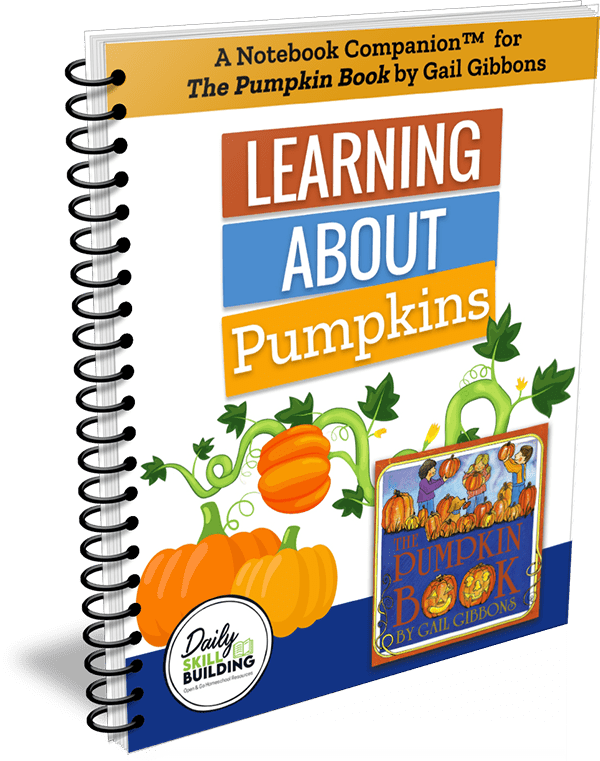
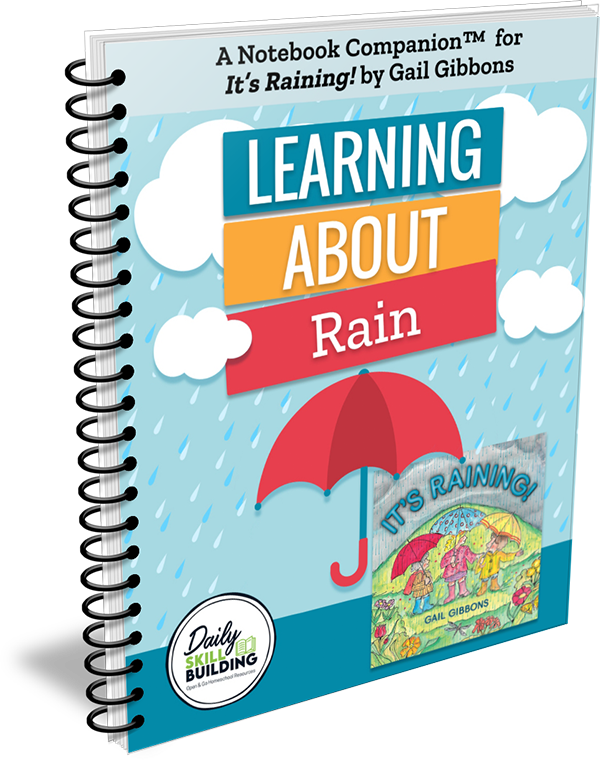
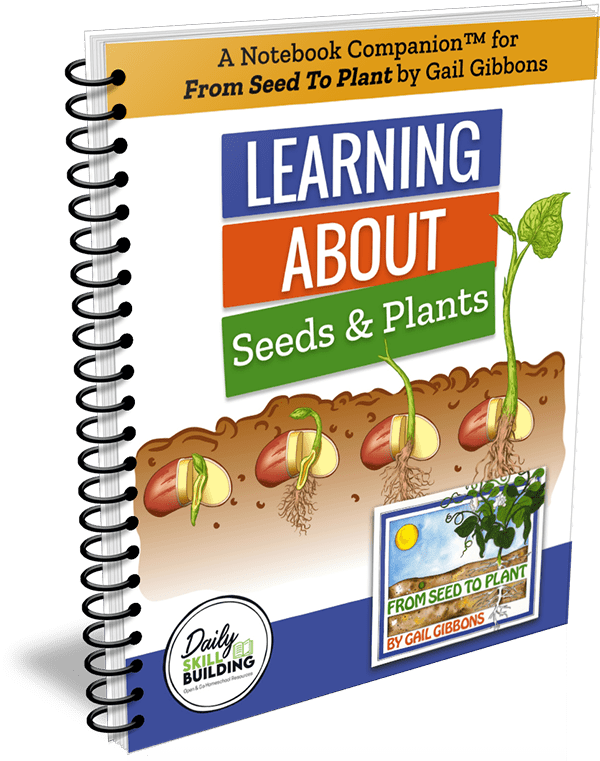
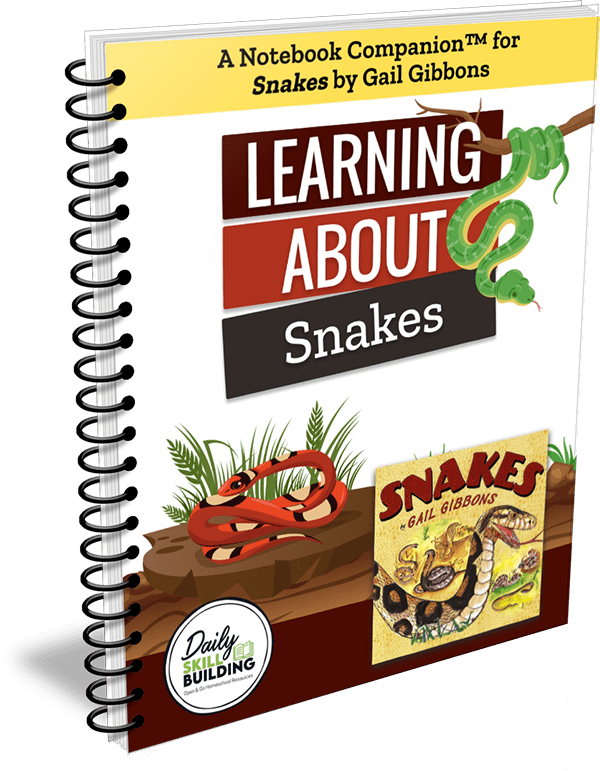
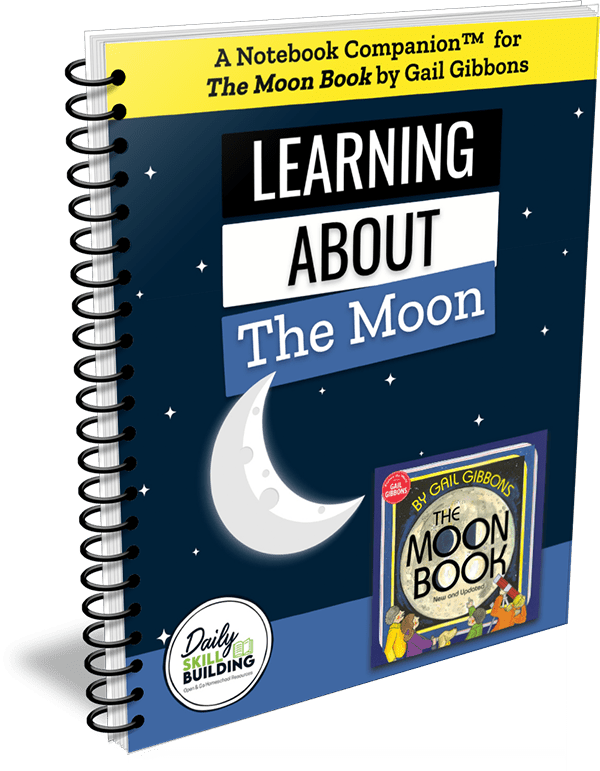
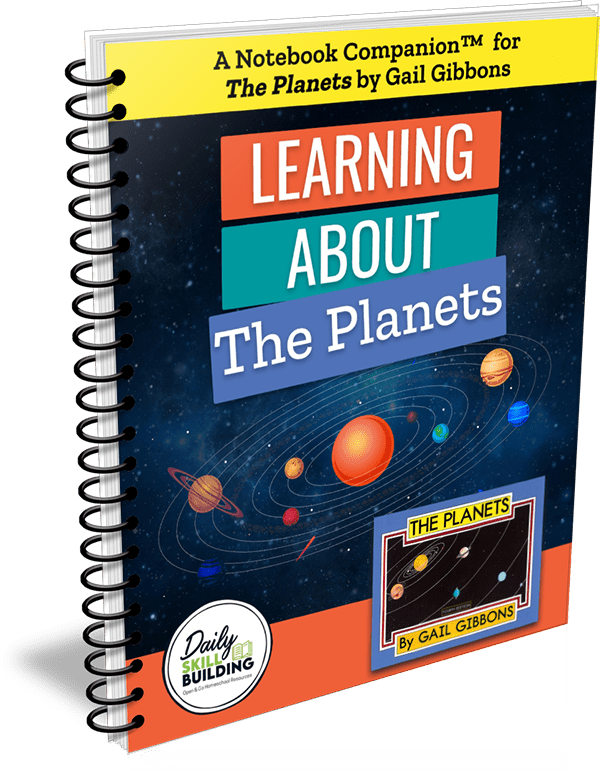
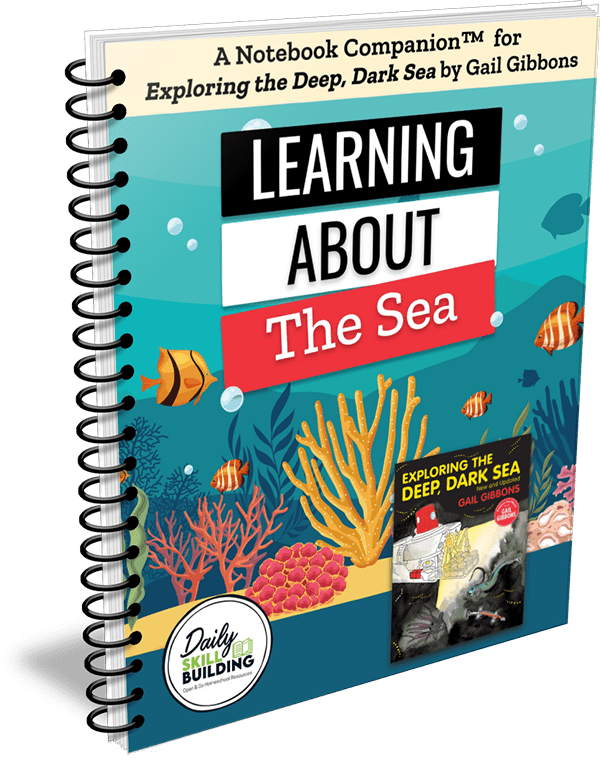
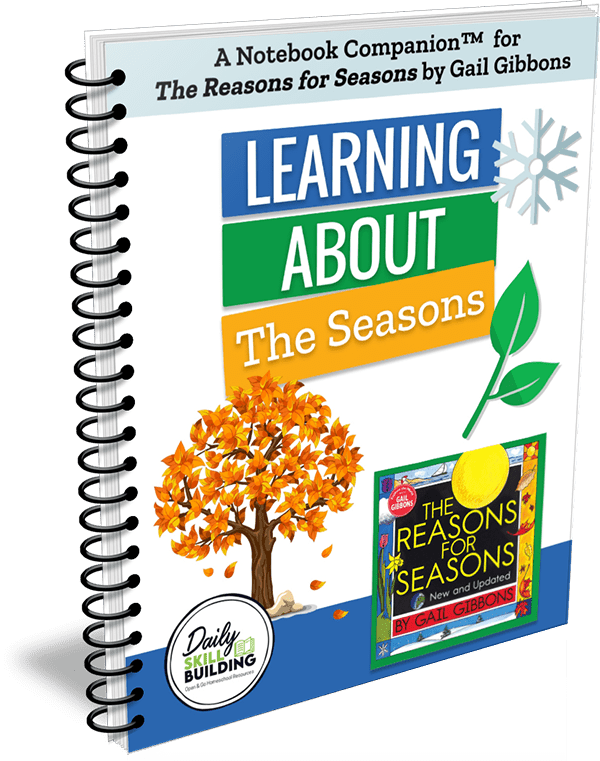
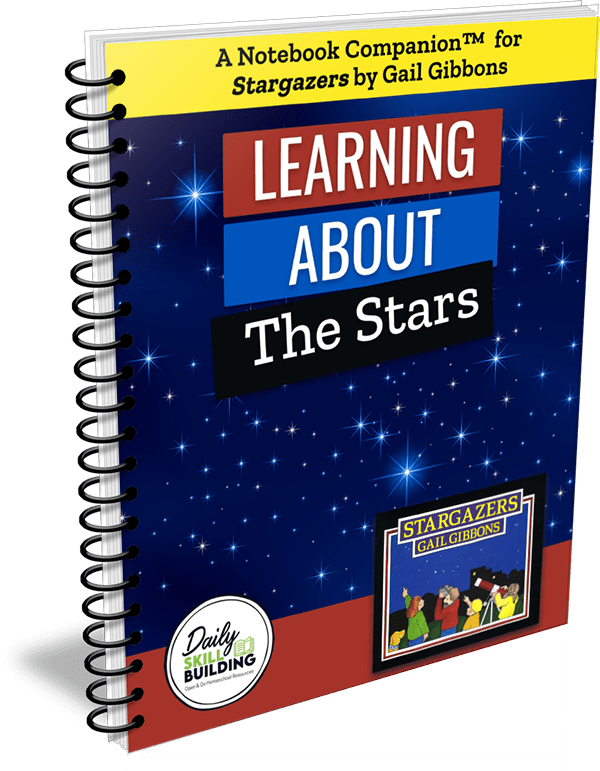

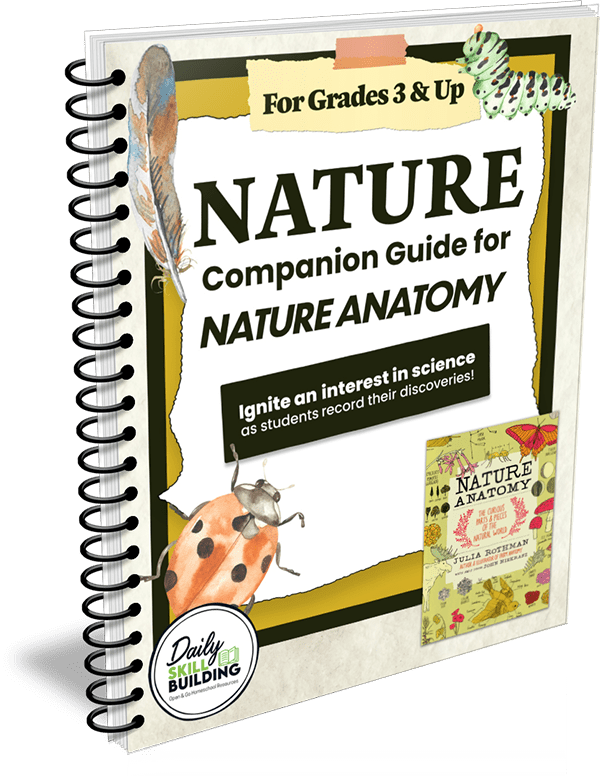


Denise Rodriguez –
After a recent move to Florida, the question what is the difference between an Alligator and Crocodile has been asked by my children and several friends. At the time we didn’t know, but we do now! We really loved the chart to write the differences as well as the drawing prompts. My children decided to turn the facts section near the end into a flip book to take in the van, which I loved!
Katherine Tanyu –
This notebook is very intriguing because I have always been confused about the differences between alligators and crocodiles (although I felt squeamish just thinking about them roaming around)! Imagine 51 pages of learning all about these reptiles. I never knew there are a lot of things to find out about them in a 32-page children’s book. There are several pages wherein it dissects every little bit of the book, questions about their habitat and life cycle, and spaces for drawing every perspective possible on alligators and crocodiles. This notebook reminded me of a novel about a girl living and being educated in the marshes. One can learn so much about observation and using drawings in the process. There are a lot of varieties even within their family groups. Your child is bound to become an expert on alligators and crocodiles after reading the companion book and filling in this notebook!
Coloring pages are included at the back. You can choose to color them or learn how to draw these animals. Either way, I find them very useful and value-adding. The lines for writing are big enough for little hands. Learning About Alligators and Crocodiles is recommended for kindergarten to grade 3.